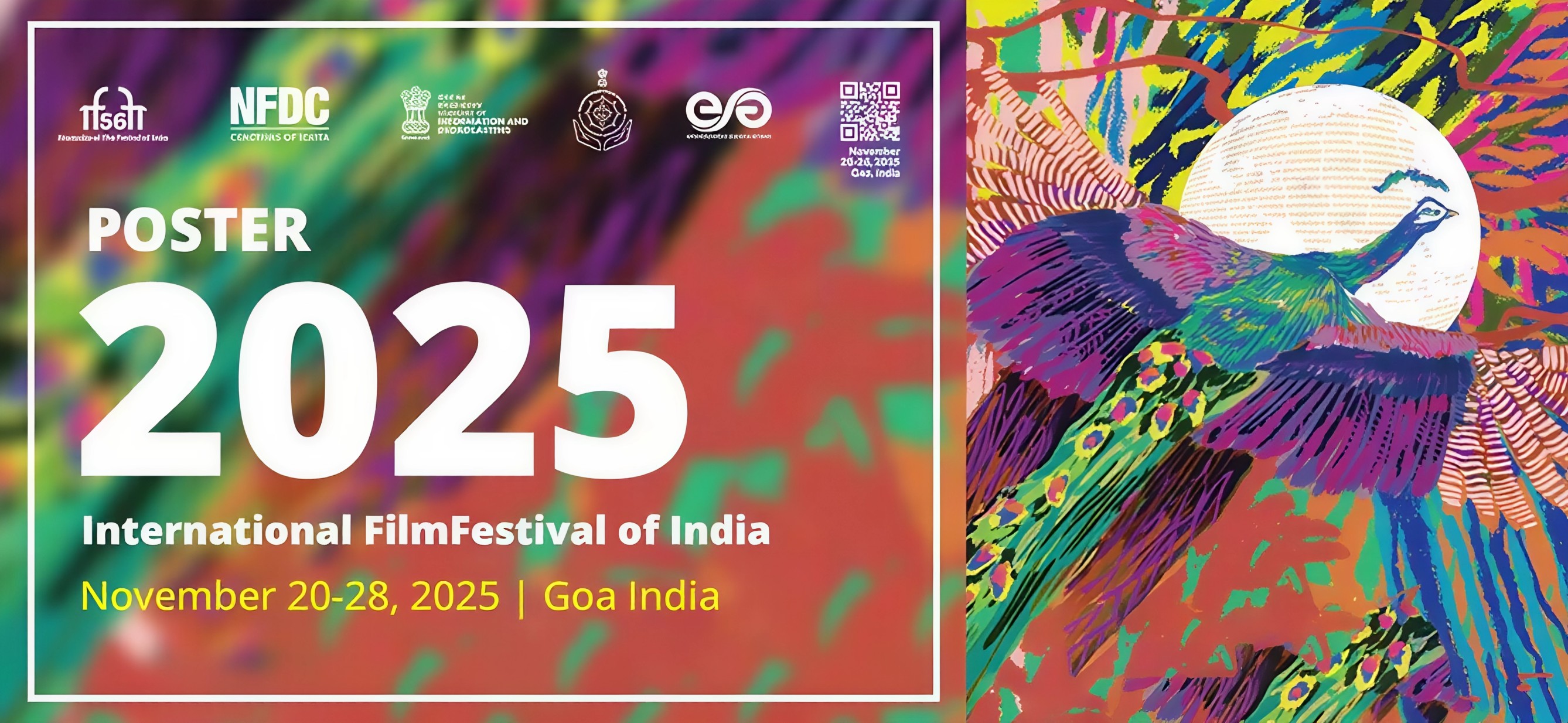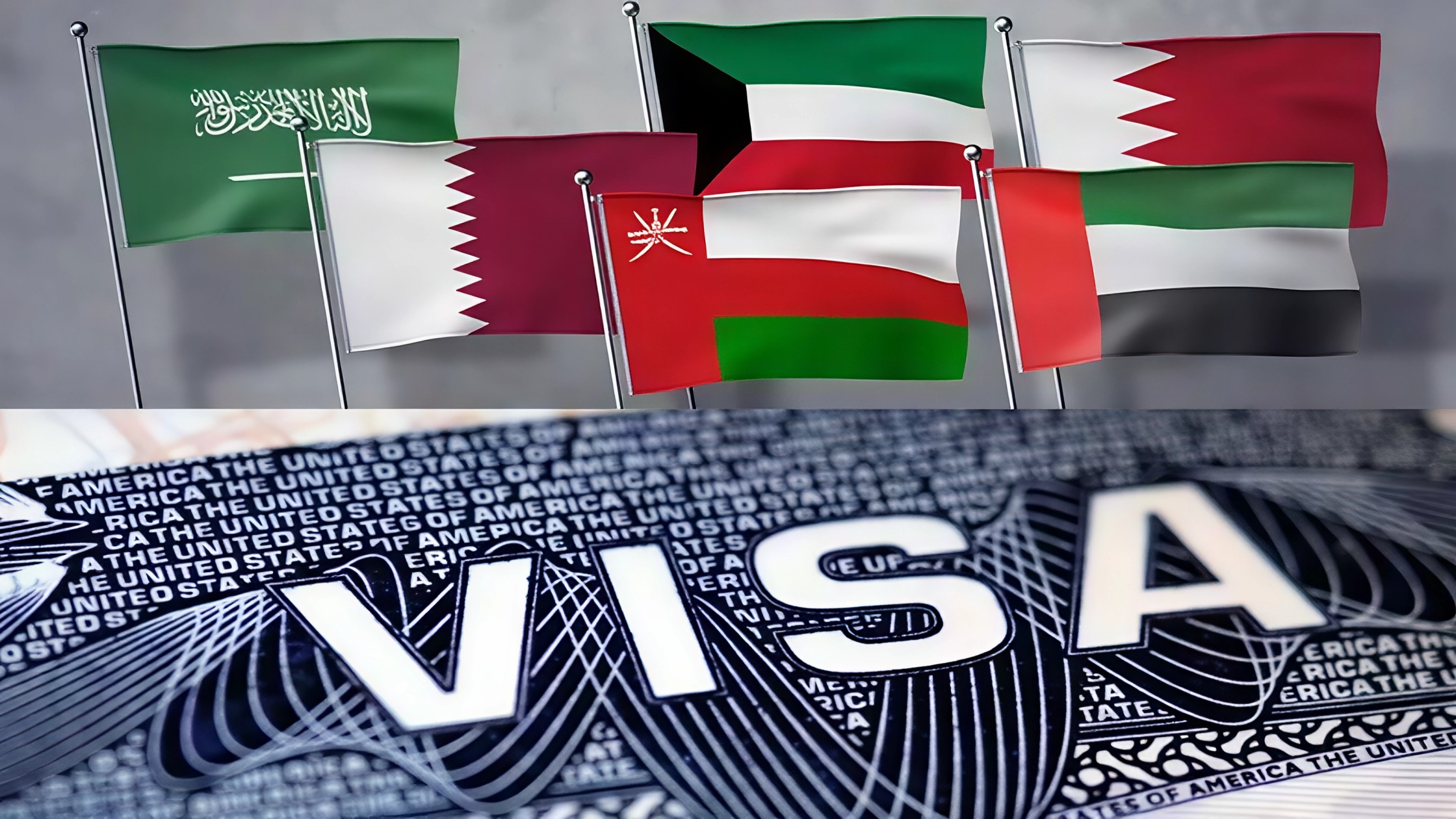If you have ever struggled with endless paperwork, tracked photo specifications, or refreshed embassy websites for visa appointment slots, your European travel dreams are about to get easier. The European Union has officially announced a major overhaul of the Schengen visa process, replacing the traditional physical sticker with a secure, digitally signed barcode. This new system is being hailed as a game changer for frequent travellers, especially from high-demand countries like India.

By 2028, travellers applying for a Schengen visa will no longer need to paste physical stickers into their passports. Instead, the entire process will shift online, allowing applicants to upload their documents, pay fees, and receive approvals through a secure digital platform. Once approved, travellers will receive a two-dimensional barcode directly linked to a centralised EU system. This barcode will be scanned at immigration checkpoints, removing the need for paper documents or manual verification.
France offered a preview of this digital shift during the 2024 Paris Olympics. Over seventy thousand digital Schengen visas were issued successfully for the event, paving the way for full implementation across all member countries. With that early success, the European Union is moving forward with confidence to make digital visas the standard.
First-time applicants will still need to visit the embassy to submit biometric data. However, for repeat travellers, the entire experience will now be faster, simpler, and far more convenient. The digital visa system also significantly boosts security, with encrypted barcodes that are tamper-proof and easy to verify. Border control officers across the Schengen region will be able to instantly validate visas using a scanner, reducing wait times and improving efficiency.
The Schengen Area, which currently includes twenty-nine European countries, allows free movement within its borders. This includes most EU nations as well as others like Switzerland, Iceland, Norway, and Liechtenstein. Once a traveller enters one of these countries, they are allowed to move freely to others without additional checks or separate visas.

The digital transition is also expected to benefit Indian travellers in particular, who make up one of the largest groups of Schengen visa applicants each year. In 2023 alone, over five million Schengen visas were issued, a large share of which went to Indian citizens planning multi-country tours across Europe. With the new digital system, they can expect faster processing, fewer errors, and no more worry about losing or damaging visa stickers.
In addition to this major shift, several EU nations including Greece, Italy, and France are now pushing for a unified tourist visa that could potentially cover both Schengen and select non-Schengen EU countries. Although this pan-European visa is still in the proposal stage, it points toward an even more seamless travel experience in the near future.
The upcoming changes reflect a growing need to modernise global travel infrastructure. As demand continues to surge, a digital-first approach will allow governments to manage immigration more efficiently while providing travellers with a hassle-free experience. With technology making everything from hotel check-ins to boarding passes easier, visa processes are finally catching up.
If you are planning to travel to Europe in the coming years, keep an eye out for updates from the official EU visa portal. Make sure your travel insurance, passport validity, and document checklist align with the new digital format. And if you are a repeat visitor, rest assured that your next Schengen visa experience will be far less stressful.
To stay informed about the latest changes in global travel, visa rules, and tourism updates, follow Travel Moves on Instagram and Facebook.








